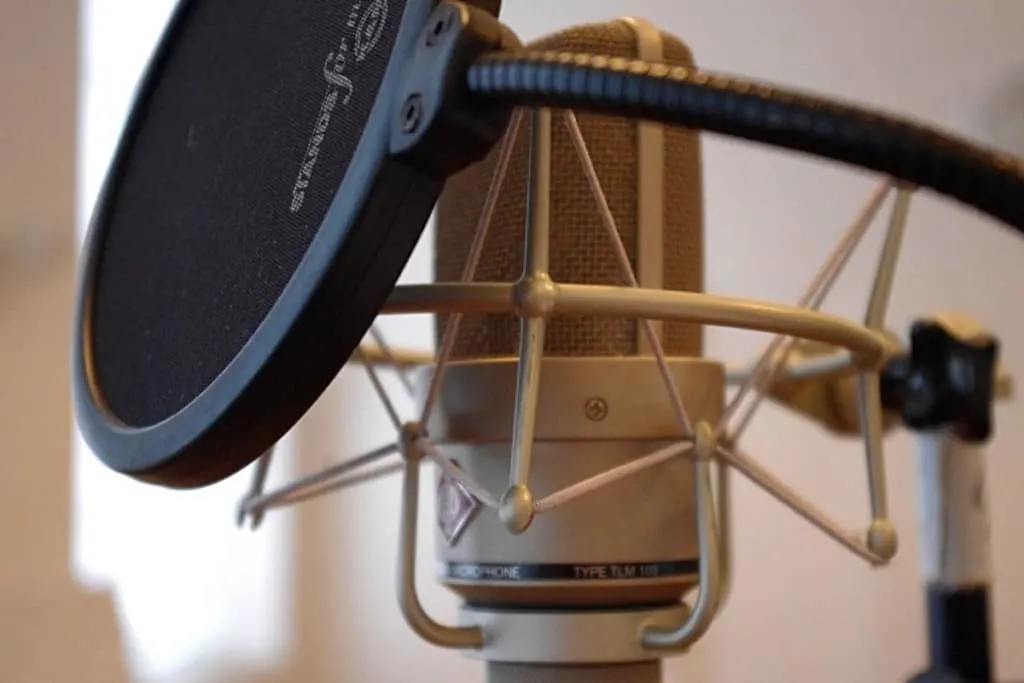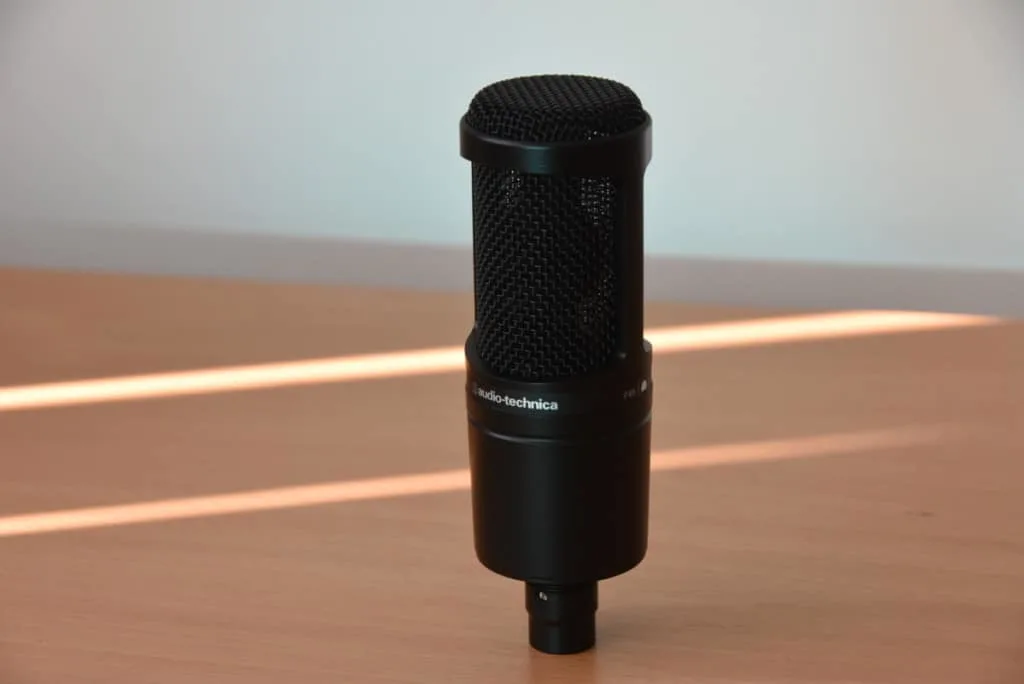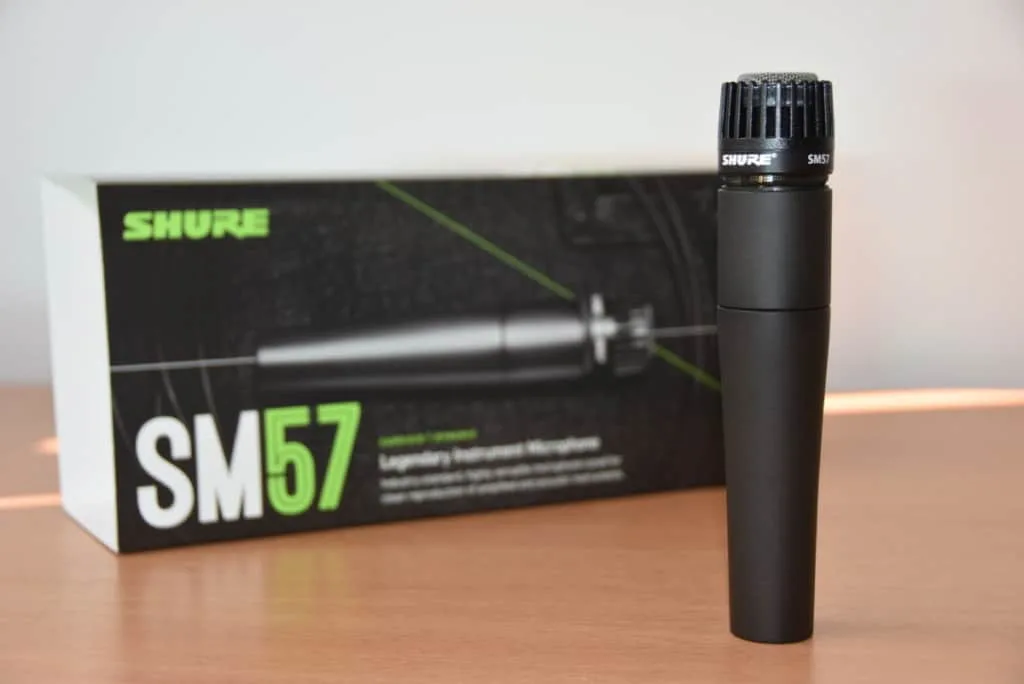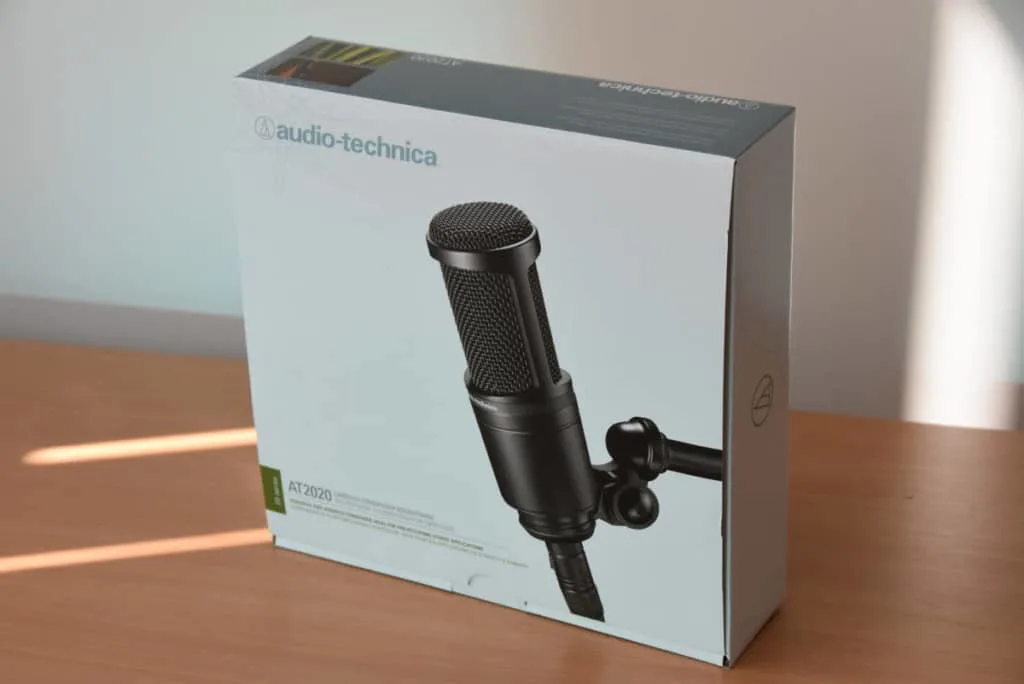All of us who have dedicated some of our time (or our entire lives) to recording music have used condenser microphones extensively.
Lately, I’ve been getting a lot of questions about condenser microphones and found myself answering very basic questions to advanced engineers. I guess this means that these microphones and their functioning are still a mystery to most people.
Well, I am here to pour all my knowledge into this article and help you work your way to studio stardom.
So, do condenser microphones need to warm up?
Condenser Microphones do not need to warm up. It does make a difference if you let phantom power “excite” the capsule for at least a minute before you start using it. This is because you want the 48v to get the entire circuit going. Other technologies like condenser “valve” microphones do need time to get warm and work better allowing more natural harmonic overtones to reach the tape from whatever you are recording with it.
Trying to find that answer, I found myself going through some very old stuff and came up with lots of add-ons to the topic that I think you are going to enjoy a lot and learn from.
- Keep reading if you want to know everything abound condenser microphones and their initial warm-up moments.

Why Do Condenser Microphones Need To Warm Up?
When we use condenser microphones, we do it mostly in studio situations with their phantom power attached.
Condenser microphones need phantom power to heat up or charge up a plate that is inside and that transforms the oscillations of the diaphragm into audio waves that you can then use for recordings or live situations.
When we talk about warm-up for a condenser microphone, we talk about the energy that it requires to generate audio signals and how that needs to flow through the inside system for a little while before conditions are optimal for singing.
I learned this a few years ago working for a known producer. I was starting out and although I had done many recordings at home it was my first time in a so-called big and fancy recording studio.
The producer asked me to set up the vocal mics and gave them to me. He gave me a holy grail, A Neumann M147, which is a valve-driven condenser microphone, a Neumann TLM107, and a Shure Beta 58.
I set to work and fired up the M147 because, as I am also a guitar player, I knew the inside valve needed to be warm to work better.
The producer looked at me and then fired up the TLM107 as well but not the Beta 58. I asked him why he was firing up a condenser microphone with no valves inside an hour and a half before the session. I made it clear to him that I was not questioning his work but just trying to learn.
He was the kindest man and still is, we talk on the phone a lot, and we became friends. What he told me really changed my approach; he said: “you want those 48 volts spinning around for a while to get the best sound out of it.”
It was a huge difference and still is in my studio. I do not own those amazing microphones (yet) but I get the most out of my condenser microphones at home by firing them up at least a quarter of an hour before using. The never-ending story of phantom power!
I have recently been testing out the Audio Technica AT2020 Condenser microphone after reading some great things about it on many forum posts.
Check out the Audio Technica AT2020 Condenser Microphone here.

Here’s a great video that shows a tube condenser microphone.
Condenser microphones do sound very different from dynamic microphones, especially in the studio, and this is mainly because of the phantom power.
If you are just starting out you must have heard that pair of words a million times before. People usually give it a lot of attention and you end up reading about it in every blog about music production.
Well, phantom power is indeed a revolutionary technology that needs to warm up. In fact, the most powerful thing in condenser microphones is obviously its natural, fat bottom end that enhances the low and low-mids of any tone of voice.
This phantom power is the main difference with dynamic microphones that works better live, and are not as sensitive or have such a fat bass response. What I learned from my producer friend, which is something you can do at home without spending massive amounts of money is to simply record alternate takes with dynamics and condensers.
This allows you to create more varied and beautiful sonic landscapes that will embellish your productions. Putting the condenser take in the middle and panning to the sides two alternate takes with dynamic microphones is a great way to make the vocals richer without making the lows muddy.
For phantom power and powering and connecting microphone you will need an audio interface.
A great place to start is with the Scarlett 2i2 Audio Interface. Take a look at this item here
Different Types Of Condenser Microphones For Vocals And For Instruments
Condenser microphones are not all the same. They are usually used to record mellower sounds than dynamics because their diaphragm can suffer from getting too much loud volume.
Because of this kind of fragility, most engineers employ the magnificent Shure SM57 for guitar cabinets for example. Also, when you see an engineer setting up the mics to record a drum kit you will notice that condensers only go for certain locations like aerials and ambiance, but will never be either inside the kick drum or right next to the snare.

All Condensers Sound Better With A Warm-Up. Let’s Go Through What You Should Use Them For:
· Vocals – The best condenser microphones for vocals are valve condensers. Also, every big diaphragm condenser like the Rode NT1 (much more affordable) will suit the nuances of a vocal performance. Beware of big diaphragm condensers at any other endeavor because they are very sensitive and will pick up everything happening around you in your take. Also, the diaphragm can get damaged if the sound is too loud.
· Acoustic Instruments & Cymbals – Recording cymbals is not easy because that high shimmering sound can be too high for some microphones. The ones regularly referred to as “pencil” microphones such as the legendary Shure SM81 are great for this endeavor.
They are small-diaphragm condensers and will work wonders in capturing the high-end of your acoustic as well as the brightness of your cymbals.

Do Tube Microphones Need Warming Up?
The only kind of condenser microphones that needs warming up for some time are valve-driven condenser microphones.
These pieces of gear can be modern or vintage. These last ones have the most exorbitant price tags you can think of. For example, a vintage Telefunken U-47 in good shape can go up to $20,000. The newest ones are more affordable and there is always an option in the market for $500 or so like the Avantone CV-12.
These condensers microphones do need some time to warm up.
It is important that the tubes get a good quarter of an hour because that is where they start to release the most harmonics.
In fact, legendary guitar player, singer and inventor of half of the blues-rock heritage in the world, Mr Jimi Hendrix, was famous for buying a refrigerated truck but rewiring it to make it warm and transport his Marshall heads always warm.
He used to take them from the truck, plug them in at the venue and play when they were almost literally on fire. I don’t suggest you do the same with your valve mic, but leave it on a quarter of an hour or so before the first note hits the diaphragm.
The Audio Technica AT2020 is receiving amazing reviews and is very popular in many Facebook groups I visit.
Check out the Audio Technica Here.

Let´s Talk Diaphragms
Ok, we know now that condenser microphones come in different configurations and sizes to accommodate different sounds. How does this happen?
Well, the size of the diaphragm in a microphone defines many things. Although the small diaphragm condensers came chronologically after the large diaphragm, they are almost just as widely used as the big diaphragm ones nowadays. They are an engineering masterpiece. A lot had to happen for them to exist.
First, the replacement of valve technology for transistors because you can’t create that pencil-like shape putting valves inside. So, when transistors became widely available, these microphones started coming out.
Second, the way they are engineered to capture those unique frequencies became widely used when the numbers of tracks in a recording studio were increased. You don’t bother opening up a channel for chime and bright only when you have eight tracks to fit an entire band.
Finally, after dropping tubes and embracing transistor technology, the sound changed drastically and made room for a healthy co-existence. Nowadays it is very common to see big diaphragm and small diaphragm condensers working together.
You can check this wonderful video of Father John Misty in the studio and see how he’s playing the guitar to a dynamic SM57 and a small diaphragm condenser and singing to a large and small diaphragm condensers trying to capture the entire range of frequencies.
Diaphragms change the range of frequencies that a microphone can capture and record. The smaller the diaphragm the more high-tech the microphone and the more precise the audio it will pick up as well. The best way to go about it is by having at least one of each.
Why Is Valve Technology Still Alive?
Valve technology is not only used in condenser microphones and guitar amplifiers but also in Hi-Fi equipment.
Although it is state of the art in audio, tube technology is no longer used in virtually any other field that is not sound creation or reproduction.
Valves used to power computers (huge computers) but transistors can do it much better in much smaller spaces in any field except audio.
Valves are fragile, need to warm up, and have a useful life before being replaced but have unmatched performance in terms of sound and despite the current (always ongoing) discussion about digital emulation, the harmonic overtones, and the rich sound quality coming from them is still uncanny.
Here’s a video on some various valve microphones.
Conclusion
Working with condenser microphones for everyone who owns a home studio or works for a recording venue is an everyday thing. Allowing them to warm up before the performance is a small trick you can apply that will definitely change results. Although they don’t need it, they benefit from it.
You may need a preamp to record vocals so please take a look at my article that explains this process right here.
If you can get your hands on a condenser microphone that works on valves, on that piece of gear, a warm-up is a definite must!
Happy Recording!
